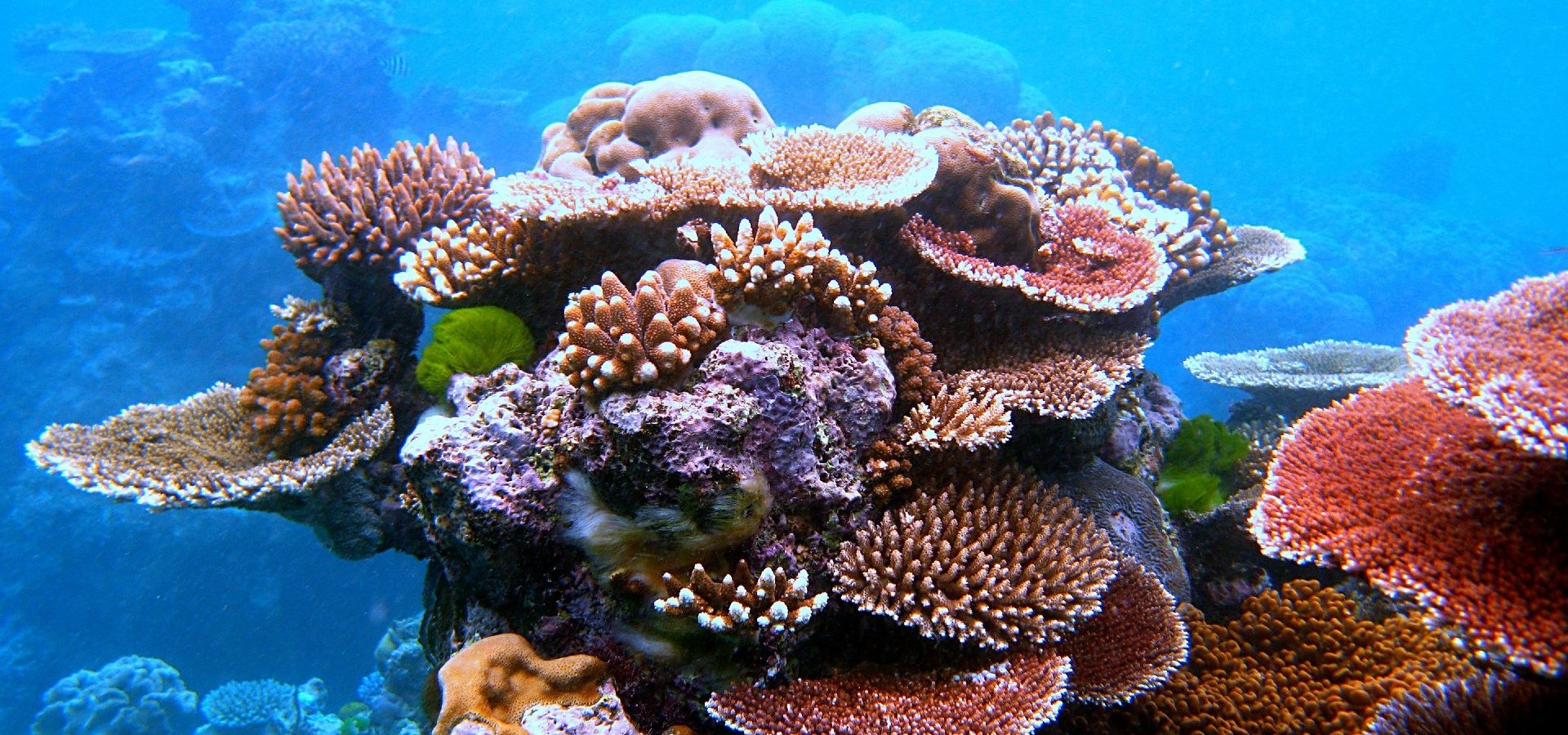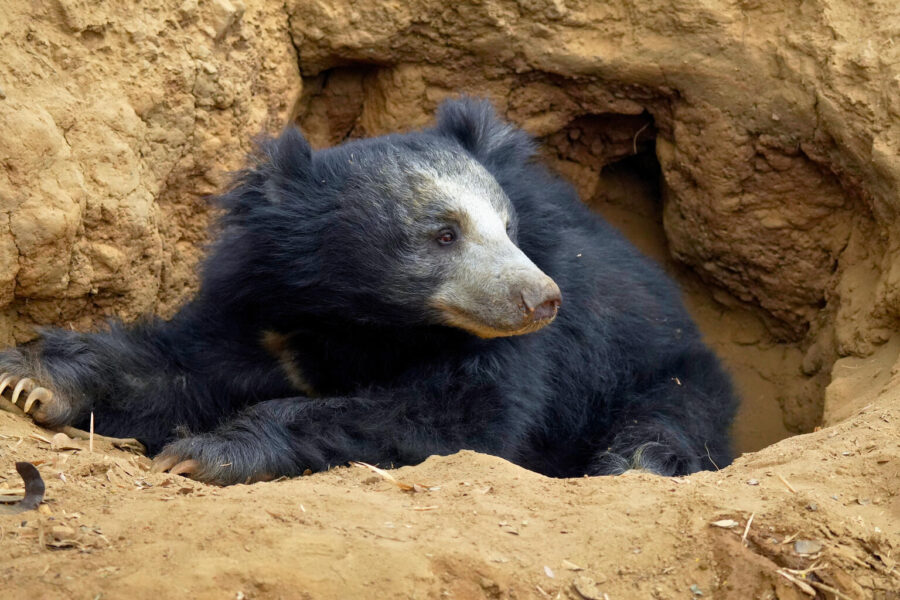When one hears the word corals, it automatically brings an image of a magical underwater world. Visuals of a coral reef show the resplendence of life in its full glory. Ask a professional diver or underwater photographer to describe a coral reef and the result may be poetry. Corals have often been mistaken as plants for a long time. But it is time to take a deep dive (literally and metaphorically!) to know these organisms better.
What are Corals?
Though they may give the impression of colourful plants, corals are actually animals belonging to the phylum (a taxonomic group or category) cnidaria. Found in tropical and subtropical marine waters around the world, corals are made up of tiny organisms called polyps. Each polyp consists of a sac-like body, with a mouth covered in stinging tentacles.
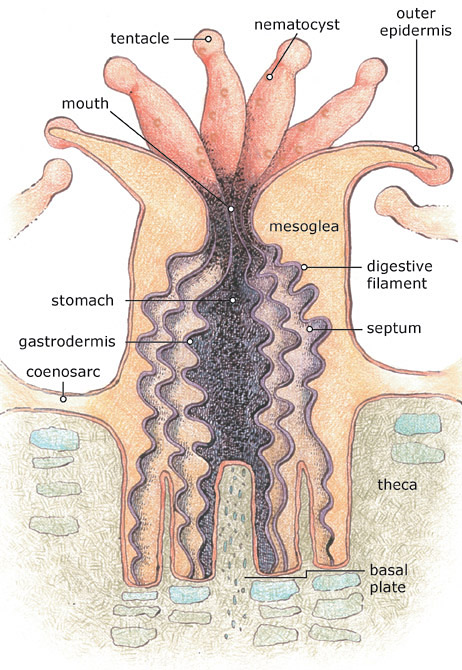
Corals use their tentacles to capture food, including plankton and small fish. The stinging cells on their tentacles, which corals use to immobilise or kill prey, are known as nematocysts. Most of their food, though, comes from the unicellular algae called zooxanthellae (belonging to the genus Symbiodinium) that live within the coral polyps. These algae rely on the coral for shelter, from where each can undergo photosynthesis to produce food. Corals in turn get a plethora of colours from the pigments released by the algae, making their relationship a symbiotic one. Sunlight therefore plays a huge role in the growth of such corals which are found in clear, shallow water, usually at depths of less than 200 feet. Then again, there are corals which do not rely on zooxanthellae, and can survive in much colder temperatures – some are known to be found at depths of nearly 20,000 feet.
As corals grow, their limestone skeletons form layers, assisting in palaeontological studies. These layers vary in composition and thickness based on ocean conditions of the corresponding time. Studying these layers, marine biologists and climate scientists can also reveal what the Earth’s climate was like in the geological past.
Coral Reefs
These marine invertebrates are most likely the only organisms, except human beings, who are capable of building a colony – what can be called their own version of a civilisation. Polyps connect to each other, creating a colony that acts as a single organism, and are held together by calcium carbonate.
As colonies grow over millions of years, they join with other colonies to become reefs that run a thousand kilometres long. Here’s a mind blowing fact: if we combine all the coral reefs on Earth, it would equal an area of nearly 2,85,000 square km! Fascinatingly, reefs are found across all the oceans on the planet, including the Arctic and the Antarctic. Various types of shallow-water coral reefs, including fringing reefs, barrier reefs, patch reefs and atolls are found across the planet.
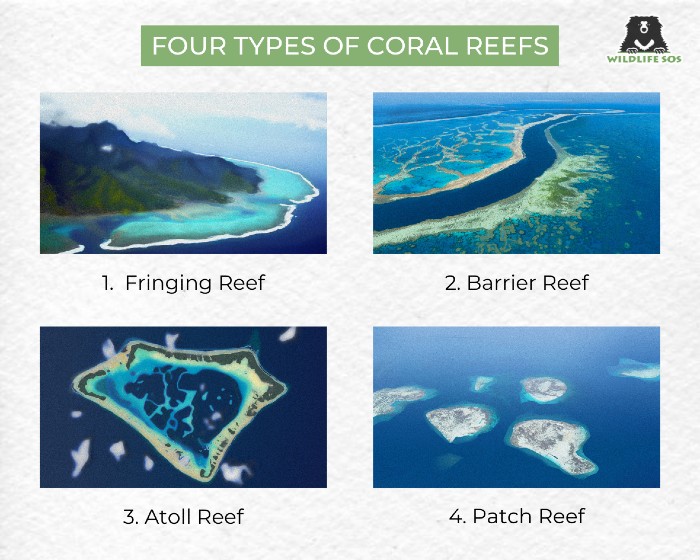
Out of these, the most commonly found are the fringing reefs, which grow near coastlines. Patch reefs usually occur between fringing and barrier reefs, whereas an atoll is a ring-shaped island, including a coral rim that surrounds a lagoon. Barrier reefs differ from other reefs due to the fact that they are much further from the coastlines and separated by wider lagoons. The biggest reef known to us today is Australia’s Great Barrier Reef, which began growing around 20,000 years ago and the fact that it can be seen from space is astonishing.
Why Reefs are Threatened
Despite covering less than 1% of the ocean floor, reefs harbour more than 25% of all marine creatures. This is the reason why they are called ‘Rainforests of the Oceans’. Reefs provide a healthy habitat and assist young fish to grow. Coral reefs are the primary habitat for more than 4,000 species of fish, 700 species of corals, molluscs, crustaceans and various plants. The Great Barrier Reef is home to at least 400 coral species, different species of fish, sea turtles, sea snakes, whales, dolphins and other marine animals.
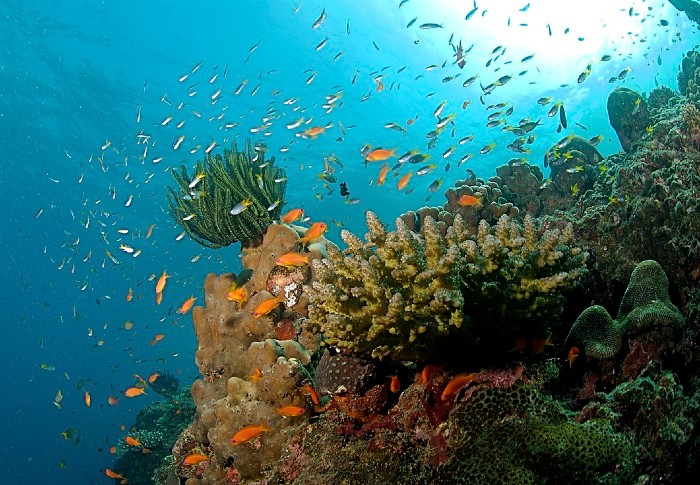
But coral reefs around the world are facing one common threat. When they are stressed by changes in conditions such as temperature, light or nutrients, they simply dispel the symbiotic algae (zooxanthellae). When water temperatures are too warm, corals let go of the algae, which causes them to turn completely white. This phenomenon is called coral bleaching. It is one of the most devastating impacts of human-induced climate change and global warming.
No reef in the world has been immune to the impact of coral bleaching across the world’s oceans. In 2005, a mass bleaching event reportedly led to the loss of half of USA’s coral reefs in the Caribbean in just one year. Similarly, in the Great Barrier Reef a large number of corals underwent acute bleaching and death caused by a heat wave in 2016. According to the National Oceanic and Atmospheric Administration, a 2018 study by the scientific journal Nature Communications found that in just the northern third of the reef, there was at least some degree of bleaching in over 60% of the shallow-water corals, 30% of which died.
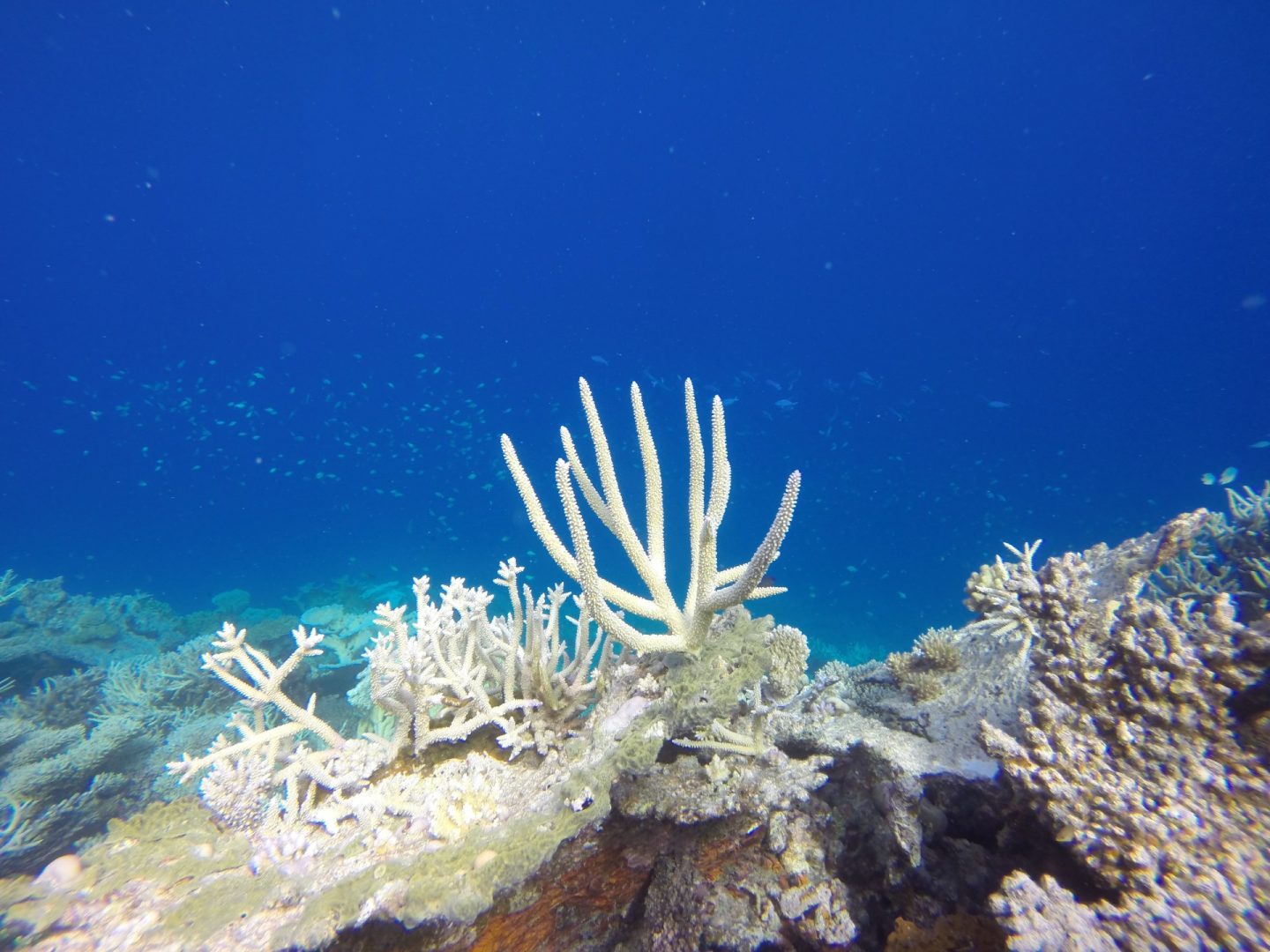
Apart from these, water pollution in the form of agricultural and urban runoff, overfishing, blast fishing and sea level rise are some of the associated threats to coral reefs. They are the heart of marine ecosystems and indicate the health of our oceans. A damaged reef would mean an extremely stressed oceanic environment, which would ultimately affect all life on Earth. More creation of Marine Protected Areas, regulated fishing practices, well-monitored tourism and minimal anthropogenic footprints are vital to the protection of this indispensable ecosystem.
Let us not be the generation who would have to tell our progeny that we let the reefs die.

